 |
 |
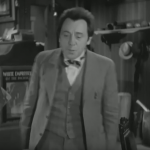 |
| Mendel Marantz George Sidney |
Bernard Schnaps Charles Dale |
Sam Shtrudel Joe Smith |
| Released by Warner Brothers | Directed by Mervyn LeRoy |
||
Proof That It’s Pre-Code
- The family’s daughter walks around in her scanties in front of the family’s store window. She threatens to bathe there, too.
- Off screen: “Well, Betsy, howdya like it?” “Mendel, you’re wonderfulllll…”
The Heart of New York: Oy Vey
“What is life? A seesaw. Today you’re poor, and tomorrow–”
“You’re poorer.”
Watching The Heart of New York may be the first time in a long time that I’ve experienced culture shock from simply watching a movie. Some films have Jewish characters. Some are set in Jewish ghettos. The Heart of New York deep fries you in the Jewish-American experience.
Set on New York’s East Side amid stores like Goldstein’s Chop Suey (One man asks another, “Say, what’s become of all the Irish?” The other man shrugs, “What’s become of all the Indians?”), The Heart of New York covers the gap between achievement and success. Mendel Marantz is a dreamer. A plumber who’d rather sit around all day, he realizes the best route to his success is to invent a mechanical dishwasher. (ridiculous.) His wife gives him nothing but grief for this, as they’re constantly on the verge of being thrown out of their apartment. Also lurking about are her relatives, Shtrudel and Schnaps, two ‘will do anything to get rich’ sharps who mostly just talk fast and make no sense.
Mendel’s invention finally becomes a big success, but his family is torn. Mendel wants to stay on the East Side among the rest of the Jews and be seen as a success by the people he knows. His wife, Zelda, and their assimilated children want to immediately move to Central Park West and rub noses with the gentiles. His family, feeling entitled to being rich because they’ve put up with the kvetching father for so long, walks out on him and moves to a fancy hotel. Mendel renovates their old home into a palace, taking in old friends and letting them live in apartments rent-free to show his appreciation. There’s a climax involving a Mr. Gassenheim (a German last name, in case you needed help in figuring the villain of the piece) trying to cheat Mendel out of his royalties, but things work out and his family returns to him. Mostly, it seems, just so they can continue to try and force some measure of class upon the uncomplicated man.
Much of the plot, as it is, is intensely convoluted, centering on back rent, a contract owned by a man who can’t read, and the amount of money his partner owns. This becomes a rock around the film’s neck as the back and forth is less Marx Brothers and more like screeching children. Comedians Dale and Smith, who had been vaudevillians for the better part of two decades at this point and it certainly shows, trade increasing amounts of gibberish as the film rolls past punchline after punchline, with a pitiful number actually hitting their mark.
Tying into other stories of Jewish assimilation to the mass of white Americans (see also The Jazz Singer), the movie illustrates the divide that’s not only generational, but between husband and wife. Is it better to be wealthy and respected in a place you know or love, or to offer your family opportunities where you’ll be a small fish in a big pond? Many of the film’s best scenes have Mendel waxing nostalgically about the Jewish ghetto and why he loves being there. Take his monologue, shortly after he’s learned that his invention will be manufactured:
“What pleasure is there in being in a slum or a fish market?”
“Heh. You know Mr. Gassenheim, the East Side is the only place where clothes don’t make the man. Hehe, they don’t even fit him! It’s the only place you can bargain for the price and never reach bottom. Why, a man can walk through the streets and have a whole meal just sniffing. Why, the air is filled with food! Cheese breathers, fish fins, onion vapors, goulash steam. Every street has got its own flavor. Hehe. It’s the only place that’s got a real teahouse that for five cents you can sit the whole day long and decide what President Hoover and [British Prime Minister] MacDonald is gonna do for world peace.”
But Zelda is there to remind us that Mendel is an idiot, wagering all of his family’s fortune on an invention, especially one in the middle of the Depression would be considered the height of a luxury good. Unfortunately, Zelda also sees all of the people around her as burdens and no-goodniks, refusing to see, like Mendel, the better nature in people. It’s only when she returns and gets a load of how he’s spent his money that she sees things his way– there’s no change in character in her, just the movie acknowledging that it’s passed the hour mark and it’s time to wrap up.
Sidney’s central performance is good, but the best has to come from Ailene MacMahon as Bessie, the woman who actually believes in Mendel and gives her every last dime to see him succeed. It’s a sweet, sad performance, one that seems to indicate a life of dreams deferred. But it, like Mendel’s many forthright monologues, often take backseat to the broad, sitcom and malaprop humor.
Per minute, The Heart of New York may have more dialogue in it than any other movie I’ve seen. The characters don’t pause for breath. Look– I watch Lee Tracy movies. Heart of New York is nuts. It’s one of those films that works better for anthropologists than movie buffs, as a study for how Hollywood saw New York’s Jewish enclaves, and one of the few times it tells (or supposes to) a heartwarming story about a Jewish family that makes its own success in the world on its own terms.
Gallery
Hover over for controls.
Trivia & Links
- Based on the stage play Mendel, Inc. which had been a big success on Broadway. Dale and Smith had also starred there.
- Mordaunt Hall’s contemporary review is praise-filled:
With the assistance of Joe Smith, Charles Dale and George Sidney, it aroused plenty of merriment. Whatever may be said for or against the formula of this comedy, it cannot be denied that it moves apace and, although there is plenty of noise during its feverish action, there is also a generous supply of mirth.
- Just to make things more confusing, the 1933 Al Jolson vehicle Hallelujah, I’m a Bum was retitled in 1940 as The Heart of New York.
Awards, Accolades & Availability
- This film is available on YouTube.
Comment below or join our email subscription list on the sidebar! |
||
 |
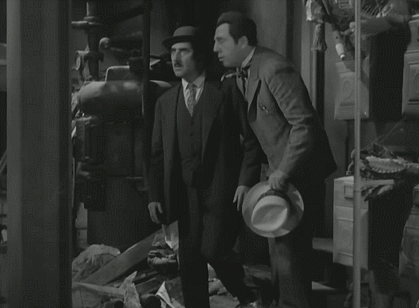 |
 |
 |
 |
|


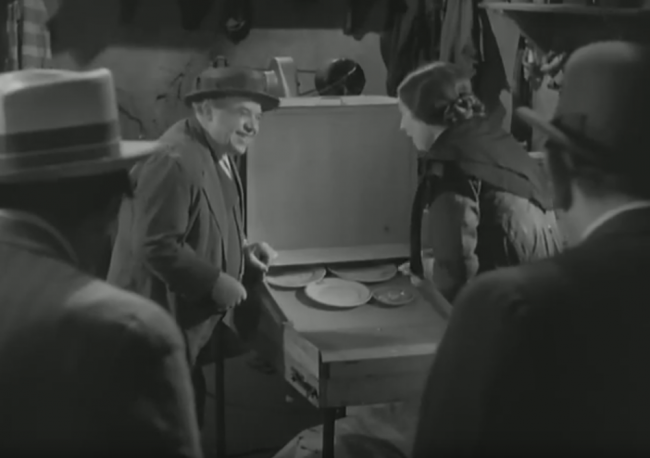
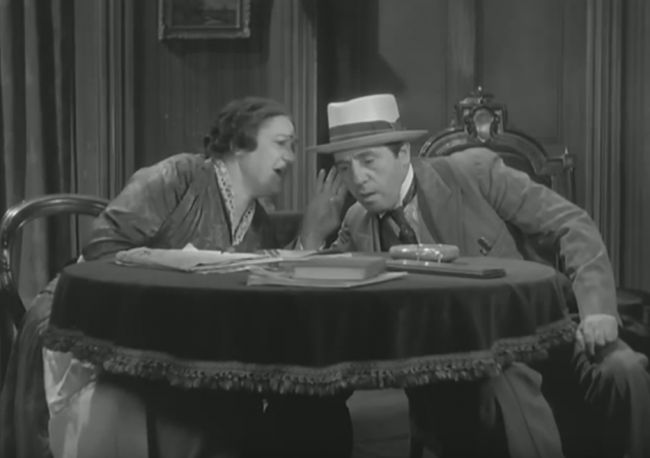
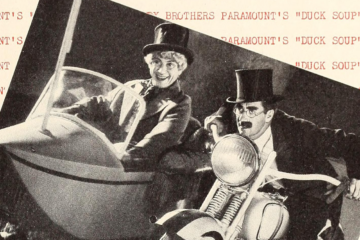


1 Comment
Martha C. · October 14, 2015 at 11:25 am
This film was on TCM this week and I missed it. Ugh! Love 1930s films that take place in NYC. Great post on a film I’ll have to see! 🙂
Comments are closed.